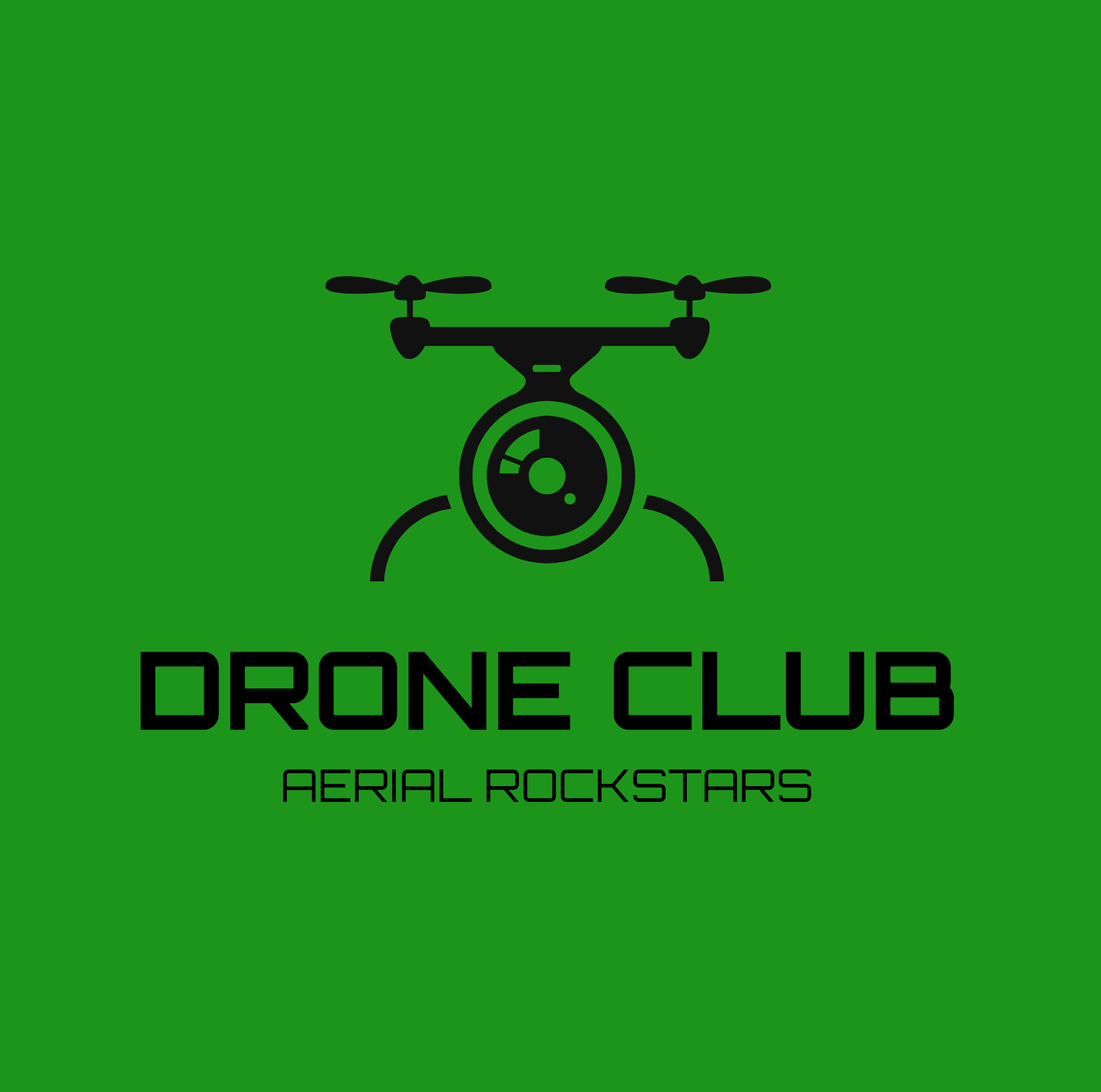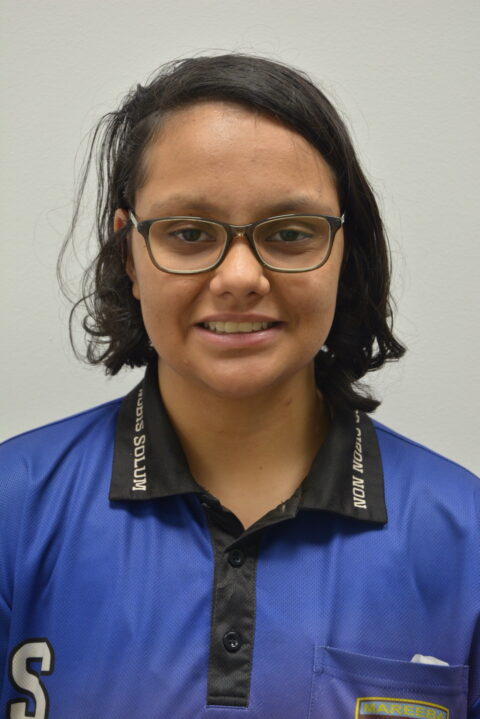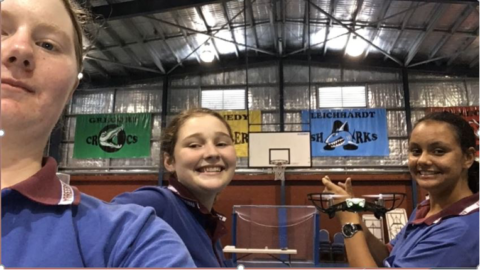Main Menu



Gullara McInnes has recently finished year 12 at Mareeba State High School, studying; Physics, Chemistry, Specialist Math, Mathematical Methods, English, and Geography. She plans to study a Bachelor of Advanced Science at James Cook University and partake in an internship with Energy Queensland in January and February. Gullara recently received a ‘Caring for Country Award,’ from Northern Gulf during NAIDOC week for her use in drone technology to ‘Map Country’ and present local Elders the chance to point out traditional sites from the sky.
Drones are the future, and the future is in the hands of the next generation! This means you don’t have to be a teacher to be the driving force in creating a ‘drone club’ at your school.
Here are some of the things I’ve learned through starting my own Drone Club at my high school in regional Far North Queensland. Once you’ve got your drones, a Drone Education Club just needs 3 simple elements to take off…
You can start by inviting students to an information session. But be aware that if 20 show up only 8 may be interested, and they could easily lose interest! Here are some of the best ways I’ve found to grab a student’s attention:

Gullara and the first members of the Drone Club who went on to become mentors and coordinators of the Club.
Gaining initial interest in your drone curriculum is the easy part, and you will probably have lots of students show up to your first meeting! However, some students are bound to lose interest or forget to come to meetings. Or you might have the opposite problem – where more students show up than expected! This is when you need the next element – organisation.
There are three parts to the organisation of a Drone Club that will keep the club running smoothly:
Flying the same course and coding the same path over and over can easily become a broken record. It helps the newer members but bores the more experienced ones. Here are my three key tips for keeping students interested and engaged without causing disarray.
Starting a drone club at your school really is that simple! Once you’ve got drones in schools – and you’ve introduced drone safety at the very beginning – all you need is interest, a set place and time, and some fun activities! Soon the sound of swarming mosquitoes and happy students will be heard throughout the school!

The First Ever Mareeba State High School Drone Club competing at the Tournament of Drones.
We hope you’re feeling inspired by Gullara’s success story at her school! If you need further support and resources for starting up your drone STEM curriculum and drone club off the ground, check out our website and our Classroom Drone Essentials program!
While you’re at it, why not partner with local industry to really get your drone club to take off?
Check out David Capill’s success story from our most recent blog: Developing Quality STEM Programs in Schools!
We’ve also put together the ultimate guide to buying drones here.
She Maps is Australia’s leading expert in drone and geospatial education.
She Maps assist schools with the purchasing of drones, school-industry created drone and geospatial teaching resources and highly supportive teacher professional development.
Ready to buy drones for your school? We are an authorised DJI reseller in Australia

Subscribe by email and never miss a blog post or announcement.

She Maps aims to bring much needed diversity and support to STEM. We do this by providing drone and geospatial programs to teachers and schools across the globe.
At She Maps we acknowledge the Traditional Custodians of Country throughout Australia and their connections to land, sea, and community. We pay our respect to their Elders past and present and extend that respect to all Aboriginal and Torres Strait Islander peoples today.
Aboriginal and Torres Strait Islander peoples are advised that this site may contain names, voices, or images of people who have passed away.
Learn the 6 Steps to Launching a Successful Drone and Geospatial Program at your School
Take our resources for a spin and join the thousands of teachers who love our ready-to-teach classroom materials. Try one of our complete units of work for free.

